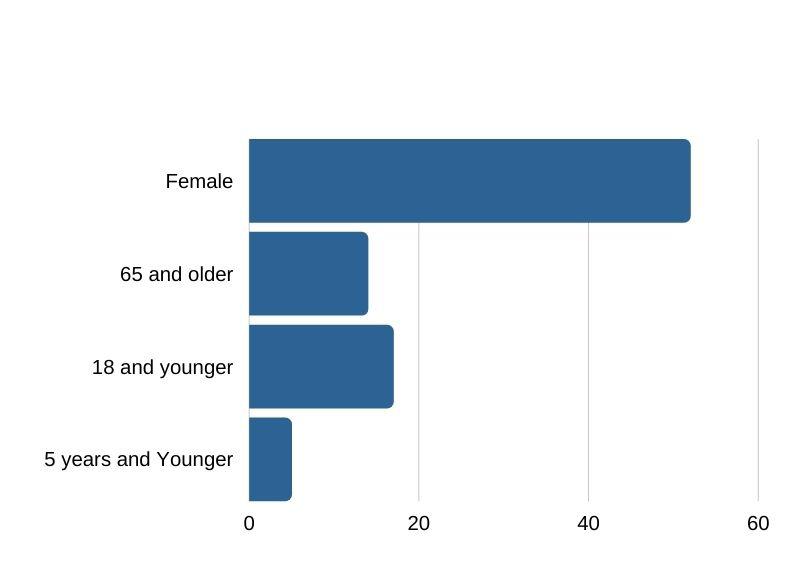
2 minute read
Site Analysis
SWOT Analysis
N
Advertisement

NOT TO SCALE


Demographic
Looking further into my study, the demographic analysis was used to efficiently assess and program future spaces of the site to fit the needs of the community of Muncie. It is essential to study the
demographic of the Muncie community and note some key variables about the population I was designing for. For instance, the ideal market for this site is a 28-year-old female who drives an average of 18 min to and from work every day (Data USA). This analysis capitalizes on two factors: lack of sustainable and affordable travel, and the community demand for affordable and diverse
recreation seen through the graphic figure #. Vehicular travel makes up for over 95% of Muncie’s transportation means, leading to vast opportunities of alternative and sustainable options of travel (Data USA). This is supported through the Mall’s close proximity to the Cardinal Greenway, McCulloch Park, recreational sports fields, Minnestrista Cultural Center, Downtown Muncie, and the White River to name a few. This
programmable feature would benefit the city tremendously in opportunities that have not yet been taken advantage of by the current Mall’s infrastructure. Touching on the second leading factor, with 30.8% of the population under the national poverty rate it is vital to include affordable and programmable spaces to include all levels of income (Data USA). By diversifying the space to include free, low, and mid-level price-points the Mall will embrace a larger demographic, and ultimately increase potential foot traffic of the site. The city of Muncie will benefit extensively by improvements to sustainable travel and affordable recreation to counter the low economic status, and high vehicular dependency currently utilized by its population.

Age and Sex Commuter Transportation

Food stamp rate Avg. Commute Avg. Age Poverty Rate
U.S. Indiana
Muncie





CHAPTER 4: CASE STUDIES












